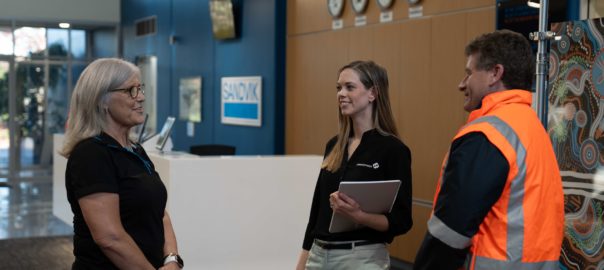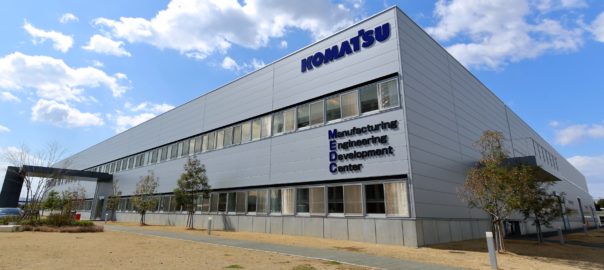MaxMine has been talking up the potential of data in the quest for reducing emissions and boosting productivity at mine sites, with Tom Cawley, Executive Chair and Interim CEO, arguing that there is still plenty of low hanging fruit for mining companies to leverage on their way to achieving longer-term net zero mining targets.
MaxMine, the company says, is an automated, high-resolution data-based business reporting tool that combines advanced data acquisition technology with AI analysis to fully optimise mobile equipment and operator performance within mining and other mobile equipment-based operations, measuring performance differently and using gamification to change behaviours.
According to Cawley, the average open-pit mine can reduce Scope 1 emissions by up to 10-15% by leveraging data, with MaxMine insights enabling this average open-pit mine to improve productivity while also reducing its carbon footprint by around 15,000-20,000 t of CO2.
IM put some questions to Cawley to find out more.
IM: In terms of your expanding product portfolio, where are clients receiving the biggest and potentially quickest return on investments (ROIs) from your solutions?

TC: MaxMine has the most extensive dataset in the open-cut load and haul mobile mining equipment sector. We continuously collect data from all sensors across 10 original equipment manufacturers or equipment manufacturers. We have around eight million hours of data, enabling MaxMine to provide unique levels of measurement in the mining sector and equip us with an unparalleled range of potential applications. This enables us to cover a broad scope across all mines while delivering tailored solutions to our clients, depending on their requirements from site to site.
The areas of the highest value proposition for our clients include improved TMM (total material moved) by increased payload, reduced cycle times via driver feedback, improved haul road conditions, enhanced safety and faster incident investigations. Cost reductions are delivered by reduced queueing, off-haul travel, idle time, and improved tyre life. High-resolution data is used to measure the performance of and diagnose mining trucks delivering greater efficiency via engine performance improvements and increased availability via predictive analytics and faster fault resolution.
IM: Although you have a specific product focused on decarbonisation (MaxMine Carbon), would you say the majority of your solutions are providing emission reduction benefits? In terms of adding new clients, is this where a lot of the emphasis is?
TC: Yes, there is a strong correlation between productivity and fuel intensity reduction. The better productivity, the better the carbon intensity.
MaxMine Carbon enables mine sites to measure fuel burn on every asset, every second of the day. MaxMine’s high resolution data allows the difference between business as usual and improved operations to be measured, allowing the fuel saved to be included in the productivity benefits.
MaxMine’s high resolution data is used to:
- Measure actual truck performance, identify trucks operating below design efficiency and provide diagnostic information; and
- Provide granular feedback to drivers, which can be used to reduce fuel burn.
MaxMine Carbon isn’t only a separate fuel-saving feature; its capability allows open-cut mining companies to measure, manage and reduce their carbon footprint associated with Scope 1 diesel emissions and reduce operating costs related to diesel consumption.
IM: Where is the development of MaxMine Carbon for underground mining? What timelines do you have around the development and rollout of this solution?
TC: Open-cut mining is a large sector and offers significant opportunities for growth. It is much more energy-intensive at the equipment level compared with underground mining.
MaxMine is growing robustly in this area, and we’ll continue focusing on further penetration in the open-cut mining space in the near and medium term.
IM: Is your market proposition stronger at bulk mining operations than others?
TC: Our market is focused on open cut-mining and larger-size trucks, with a size class greater than 100 t.
IM: Outside of your existing portfolio, where do you see room for growth with different solutions? Are you actively engaged in pursuing such opportunities?
TC: We continue to focus and remain disciplined on our core markets, and our unique selling proposition delivers huge opportunities for MaxMine and the open-cut mining industry.










